The Pennsylvania State Historic Preservation Office (PA SHPO) is seeking a Historic Preservation Specialist to serve as a Review Archaeologist to work between disciplines and advance SHPO priorities. This position is ideal for a detail oriented and flexible preservation professional with a knowledge of state historic preservation programs.
Continue readingCategory: Preservation Partners (Page 7 of 26)
To say that COVID-19 changed things about away we live our lives would be the understatement of the century. Virtually everything about the ways in which we live, work, learn, recreate, shop – everything – changed in an instant and we have spent the last 12+ months learning how to adapt, as individuals and communities. The pandemic has also prompted a lot of pondering and forecasting about the long term effects on our society and how many of these adaptations will become part of our “normal” lives going forward. In Pennsylvania’s traditional communities, the sudden loss of foot traffic, festivals, and events hit small businesses and restaurants especially hard. Revitalization organizations and local governments have had to reimagine, with little or no time or experience, how to allow people to use streets, sidewalks, parks, and trails in a safe and responsible manner. Enter Designing for Distance.
Continue reading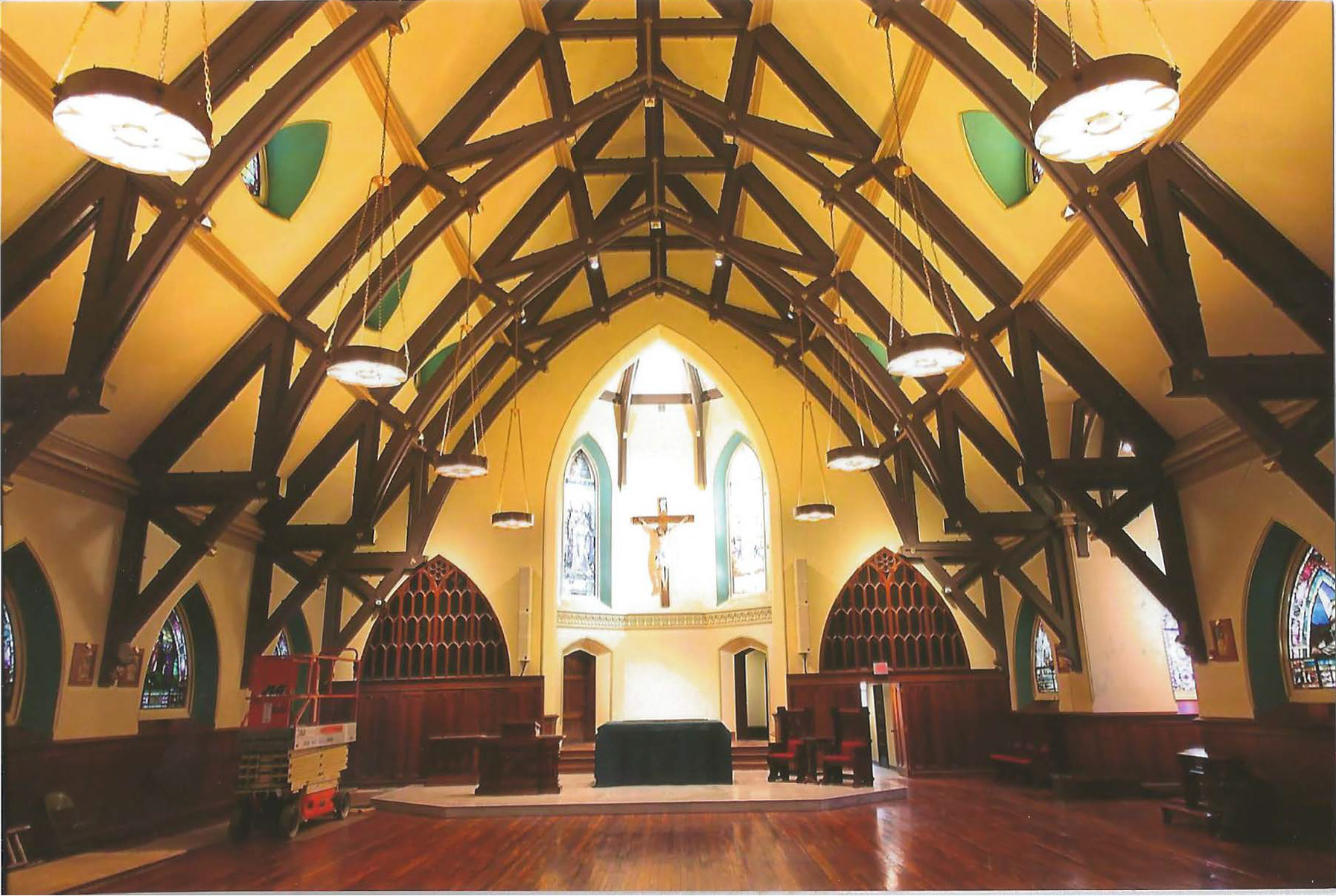
Rehabilitating Wilkes-Barre’s Memorial Presbyterian Church
Rehabilitating a religious property, like a church, using historic tax credits can be very challenging because it is often difficult to match the building’s desired new use with the historic floor plan and character-defining spaces. Design professionals and building owners have to negotiate a difficult balance between preserving a church’s large, open sanctuaries with the need for income-producing spaces like apartments or multi-tenant office spaces.
The rehabilitation of Wilkes-Barre’s Memorial Presbyterian Church is a good example of how to apply the Secretary of the Interior’s Standards for Rehabilitation, which are the guiding principles for historic tax credit projects, to church buildings.
Continue reading“March Madness” in the historic preservation world isn’t quite the same as the highly competitive, single-elimination college basketball tournaments that happen each March.
I’ve coopted the phrase to describe National Historic Preservation Advocacy Week and the days leading up to it in our office. Just like the NCAA I players that begin prepping and practicing weeks and months before their games, we kick off each New Year with making plans, preparing materials and partipants, and scheduling visits for Advocacy Week.
One big difference, of course, is that preservationists don’t compete against each other in a nail-biting, winner-takes-all game. One big similarlity, however, is the frenzy of activity, nerves, and excitement before the big event.
Continue reading
The 2020 PASS Report
For the past several years, PA SHPO archaeologists have issued an annual report – known as the PASS Report – detailing the ongoing efforts to record Pennsylvania’s archaeological sites.
Despite 2020’s many challenges, over 280 new archaeological sites were recorded thanks to cultural resource management (CRM) projects and continued contributions from independent research projects, members of the Society for Pennsylvania Archaeology (SPA), and long-time avocational archaeologists.
Continue reading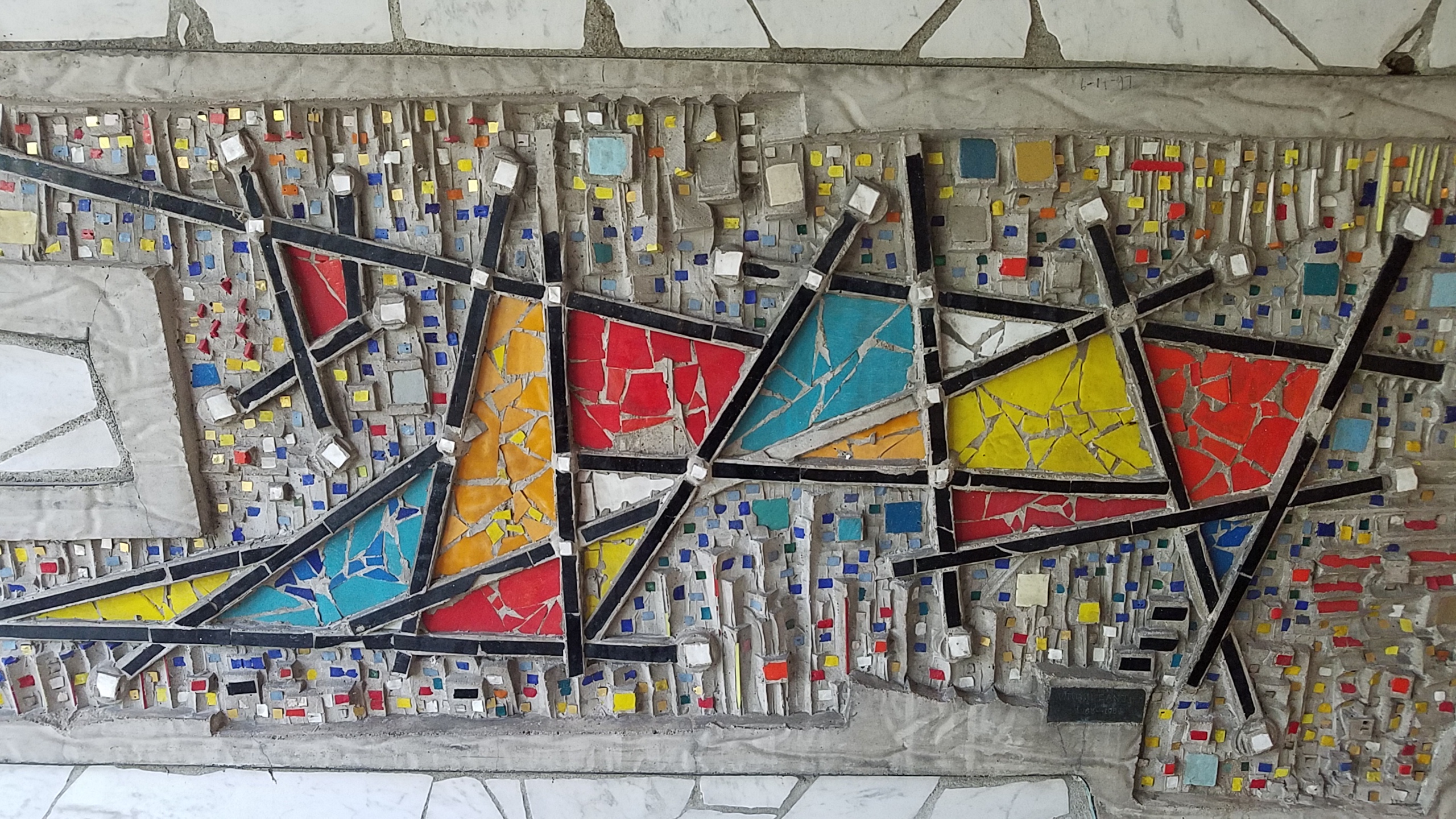
Virgil Cantini: Saving Cantini’s Mosaics
Last week’s blog post introduced the life and work of artist Virgil Cantini and highlighted the vulnerable position of postwar public art objects and installations, which often require special expertise to understand and articulate their significance for preservation.
This week’s post recounts part of the struggle to save one of Cantini’s largest works of public art, which came dangerously close to disappearing forever.
Continue reading
Preserving York County’s Hull Drive Bridge
As the air becomes a little brisker over the last few days, the chill enhances visual clues that autumn has officially arrived. Leaves slowly change from their summer greens to vivid Fall oranges, browns, and reds.
Continue reading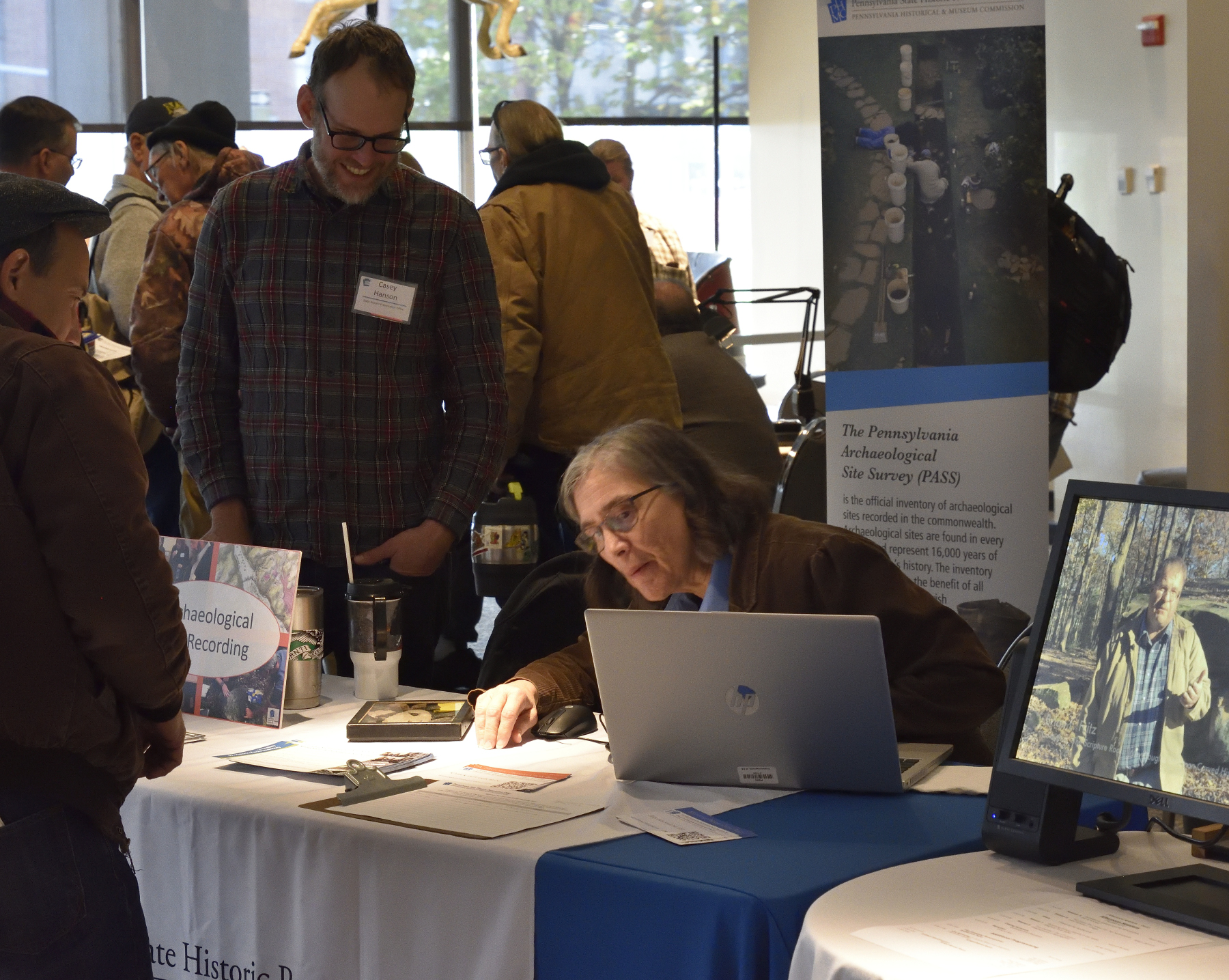
From SPA to PHMC and Back Again – One Archaeologist’s Journey
I grew up in Western Pennsylvania – mostly Somerset County. Everywhere around me there was evidence that we were not the first people to inhabit this land.
Continue readingEarlier this month, the National Trust for Historic Preservation (NTHP) announced a new pilot project with PHMC, PA DCNR, the states of Maryland and Virginia, and National Park Service Chesapeake Bay to identify, document, and map sites and landscapes in the Chesapeake Bay watershed region significant to African American history and culture.
Continue reading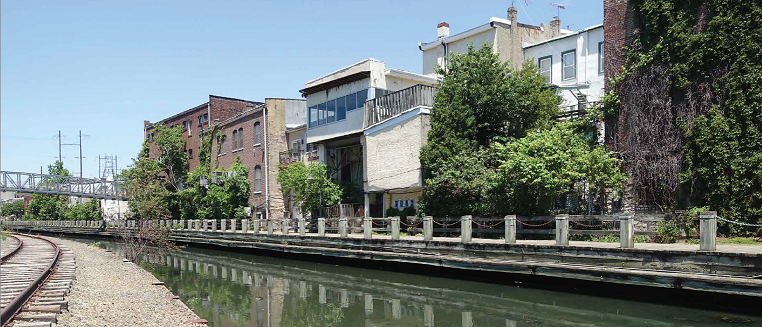
Manayunk Main Street Historic District Flood Guide
September is National Preparedness Month. According to the PA Emergency Management Agency (PEMA), this year’s theme is “Disasters don’t wait. Make your plan today.”
Continue reading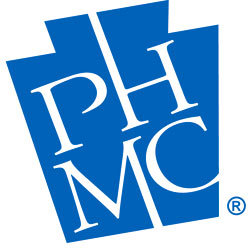

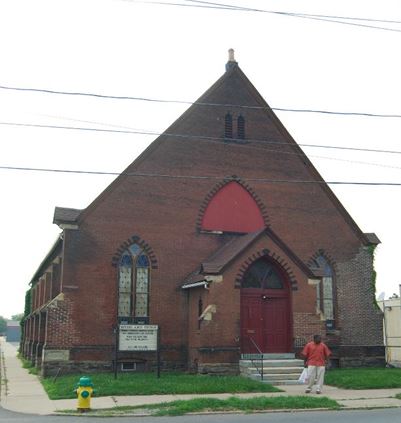
Recent Comments